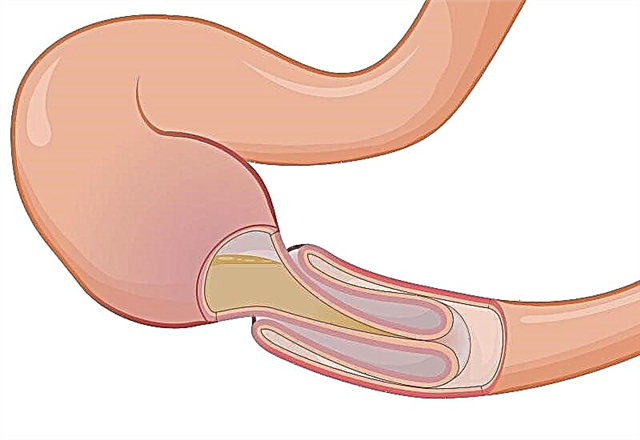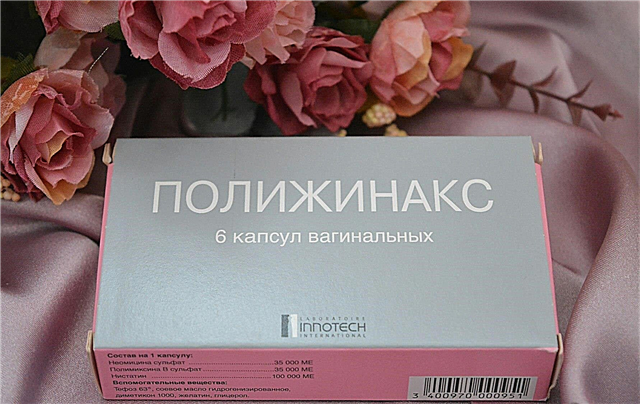
When an allergic reaction occurs, antihistamines are prescribed, which quickly eliminate itching, swelling, rashes and other manifestations of allergies. One of the popular drugs of this group is Diazolin. Is it allowed for children, when is it used and what negative reactions can it cause in childhood?

Release form
Diazolin is produced by many pharmaceutical companies and is presented only in solid form - pills or tablets. They are characterized by a white color and a round convex or flat shape. The minimum amount of the drug is 10 tablets / pills in a pack. Maximum one package can contain 30 pills or 50 tablets.

Composition
The active ingredient in the medicine is mebhydrolin. This substance in one tablet or one tablet can contain 50 mg or 100 mg. Excipients differ from manufacturer to manufacturer and are represented by beeswax, starch syrup, liquid paraffin, sucrose, lactose monohydrate, microcrystalline cellulose and other ingredients.

Operating principle
Diazolin is classified as an antiallergic drug because it can block receptors that are sensitive to histamine, thereby eliminating allergy symptoms such as swelling and itching. As a result of the action of mebhydrolin, histamine cannot affect the smooth muscles of the intestinal walls, bronchial tree or uterus.
The drug resists an increase in the permeability of the vascular walls and a decrease in blood pressure. It penetrates into the brain tissue in a small amount, so Diazolin does not have such a strong hypnotic and sedative effect as antihistamines, which belong to the first generation. The medication also has an unexpressed anesthetic effect.
The therapeutic effect after taking pills or tablets can be observed after 15-30 minutes. The maximum effect of such a drug occurs in 1-2 hours, and the duration of action of Diazolin is up to 48 hours. The agent is absorbed in the digestive tract quickly enough, and its bioavailability is estimated at 40-60%. After metabolic changes in the liver, the components of the drug are excreted in the urine.

Indications
Diazolin is used both for the treatment of various types of allergies and for prophylactic purposes.
The drug is in demand:
- With an allergic form of rhinitis.
- With urticaria.
- With allergic dermatoses.
- In case of an allergic reaction to an insect bite.
- With seasonal rhinitis.
- With allergic conjunctivitis.
- With pollinosis.
- With angioedema.
In addition, the medication is prescribed as an additional treatment for acute respiratory viral infections, laryngitis, chickenpox and other diseases, the symptoms of which are swelling, cough, itching or rash on the skin.

From what age is it allowed to take?
Diazolin is not prescribed for children under 3 years of age. For a child of three years of age or older, the medicine is prescribed in a children's dosage - this is the name for pills and tablets containing mebhydrolin at a dose of 50 mg.

Contraindications
It is impossible to treat a child with Diazolin if he has:
- Hypersensitivity to any component of the drug.
- Angle-closure glaucoma.
- Ulcerative lesion of the gastrointestinal tract.
- Inflammatory disease of the digestive tract.
- Epilepsy.
- Disturbed heart rhythm.
- Pyloric stenosis.
Since the composition of the drug includes sugar granules, dragees should not be used in case of disorders of carbohydrate metabolism, fructose intolerance and a lack of enzymes such as isomaltase and sucrase. In case of renal failure or severe liver disease, the medicine is given with caution, adjusting the dose or regimen if necessary.

Side effects
- Since Diazolin has an irritating effect on the gastrointestinal mucosa, the drug often provokes dyspepsia in the child. Children after taking this drug may complain of abdominal pain, nausea, heartburn, and other discomfort.
- The nervous system of some children reacts to Diazolin treatment with dizziness, drowsiness, fatigue, delayed reaction, tremors, anxiety, paresthesias. There is also a paradoxical reaction to the pill, which is manifested by irritability, insomnia and increased excitability.
- Occasionally, the medication provokes allergies, problems with urination, dryness in the mouth, as well as changes in the blood test (a decrease in the number of granulocytes).

Instructions for use
Diazolin should be swallowed with a little water. Do not chew the drug.
The frequency of administration and dosage is determined by the age of the patient:
- At the age of 3 to 12 years, a single dose will be one tablet or one tablet containing 50 mg of the active ingredient. A teenager 12 years of age and older can be given either 2 tablets / 2 tablets of 50 mg each at a time, or 1 tablet / 1 tablet with a dosage of 100 mg of mebhydroline.
- A 3-5-year-old child is given medication 1-2 times a day. At the age of 5-10 years, the frequency of admission is 2-3 times a day. For children 10-12 years old, Diazolin can be given two to four times a day. The frequency of use of the drug in children over 12 years of age is 1-3 times a day.
The duration of admission is influenced by the nature of the disease and the therapeutic effect of the drug, so how long to take pills or tablets should be determined by the doctor.

Overdose
If a child accidentally swallows too many Diazolin tablets or pills, this can lead to both CNS depression (drowsiness, confusion, impaired coordination), and a stimulating effect on the nervous system. Symptoms of an overdose of such a drug will also be nausea, dilated pupils, dryness of the oral mucosa, abdominal pain, a feeling of "hot flashes" of blood in the body above the waist, vomiting. Having found an overdose, the drug is canceled, the stomach is washed, and the child is given activated charcoal and other necessary medications.

Interaction with other drugs
Diazolin has the ability to enhance the therapeutic effect of drugs with a sedative effect.
Terms of sale and storage
Diazolin is an over-the-counter drug. You can freely buy it at a pharmacy, paying 40-80 rubles for 10 pills or tablets, depending on the manufacturer. Keep tablets / dragees at home in a place hidden from sunlight and small children, where the temperature does not rise above 25 degrees Celsius. The shelf life of the medicine is 3.5 years.

Reviews
About the use of Diazolin in children, they respond mostly well, confirming the high effectiveness of such a drug for allergies. The drug is praised for its availability in pharmacies, low price, sweet taste and speed of action. Most children tolerate it well, and since the tablet or tablet is small, the medicine is easily swallowed. In negative reviews, there are complaints about side effects (drowsiness and dyspepsia), as well as the need to take the medication several times a day.

Analogs
Other antihistamines can replace Diazolin, for example:
- Zyrtec drops. This cetirizine-based medication is approved from 6 months of age.
- Lomilan suspension. The action of this drug is provided by loratadine. The medicine has been used since 2 years.
- Drops Fenistil. They contain dimetindene and are allowed for babies (can be used in babies over 1 month old).
- Erius syrup. This medicine based on desloratadine is used in children over a year old.
- Claritin syrup. It contains loratadine. The drug is used from 2 years of age.
- Suprastin tablets. This chloropyramine-based drug is used in children 3 years of age and older.
- Tavegil tablets. This medicine containing clemastine has been approved since the age of 6.

What medications are best used for childhood allergies, you will learn from Dr. Komarovsky's program in the next video.



